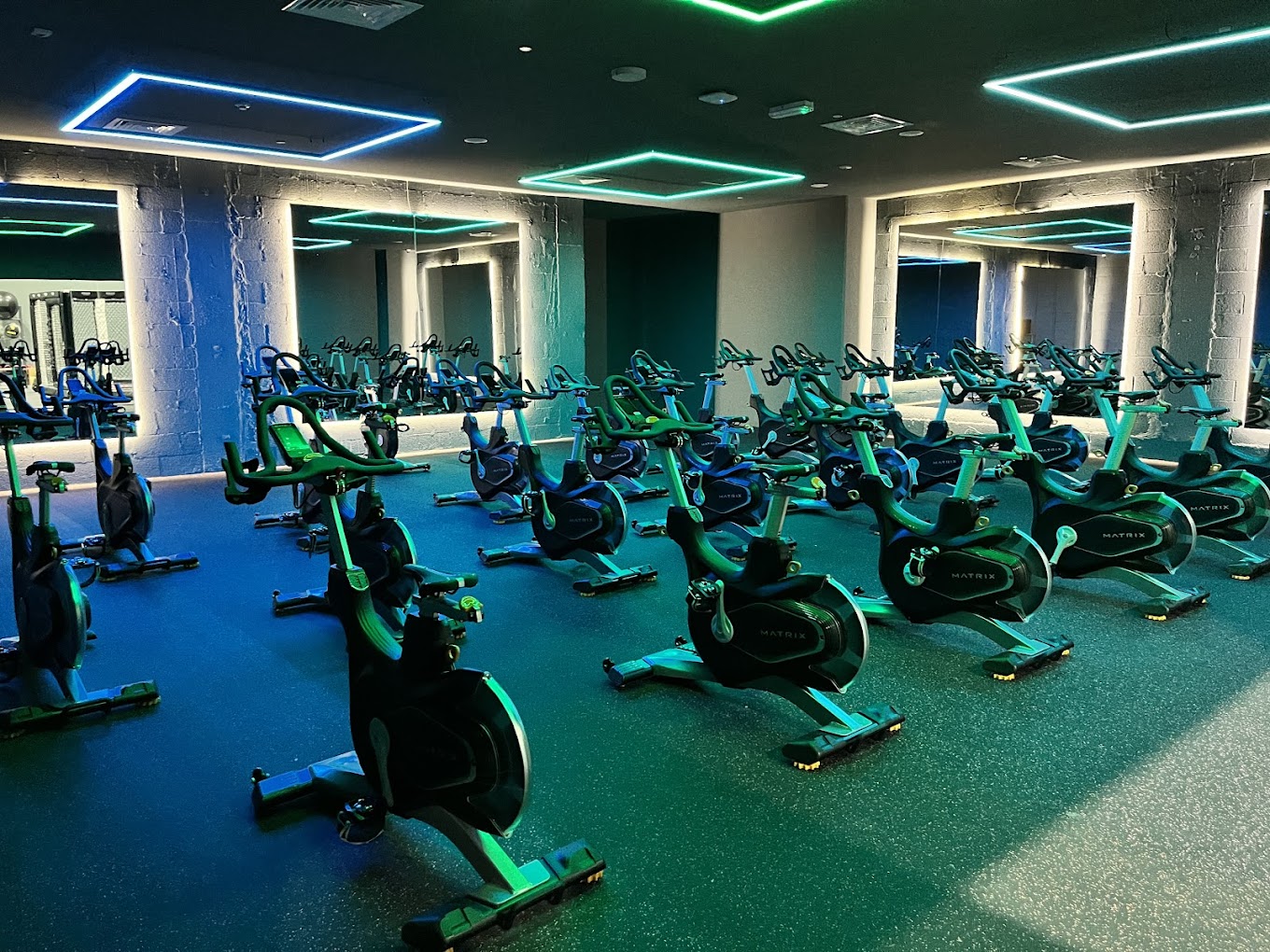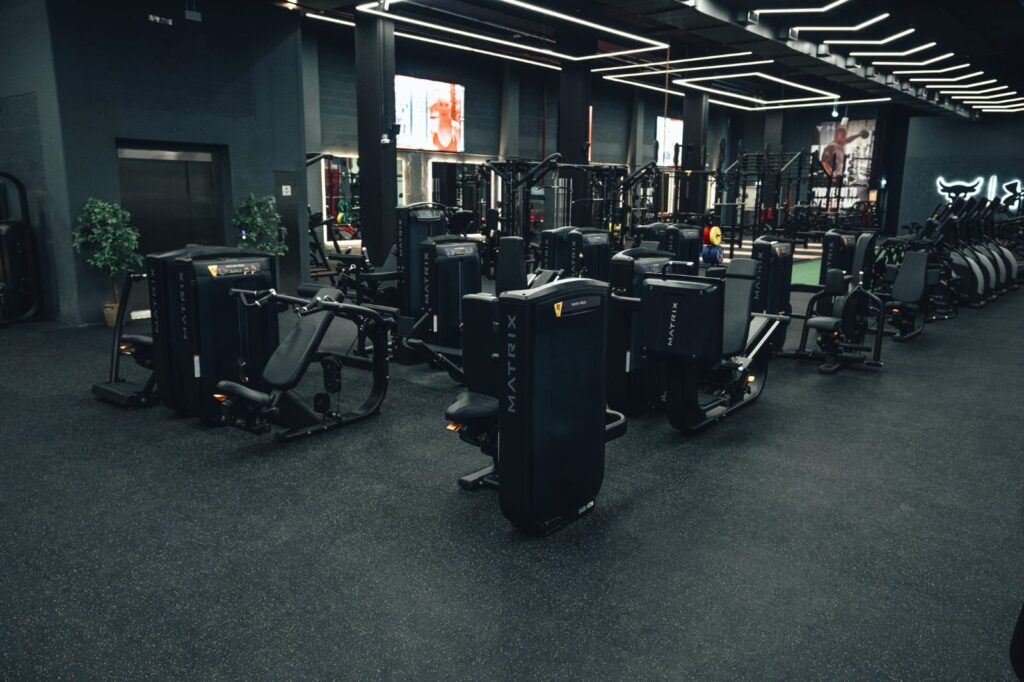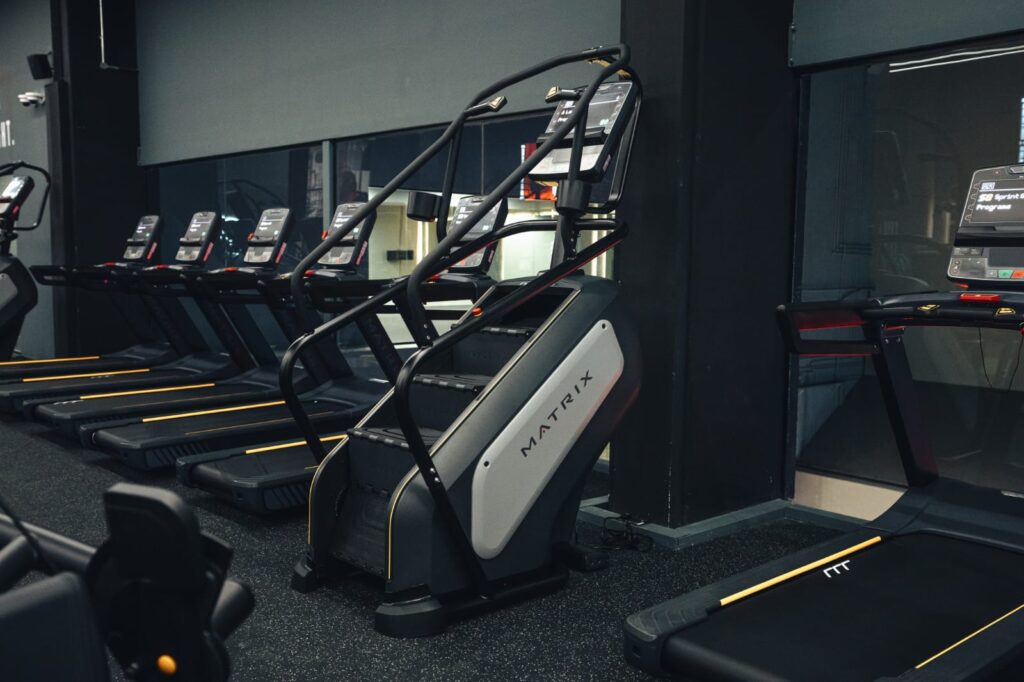Embarking on a fitness journey is an exciting endeavour. It’s a commitment to personal growth, health, and well-being.
But one question often arises: “How old do you have to be to go to the gym?”
This question is not as straightforward. Age requirements for gym membership can vary greatly, influenced by safety considerations, legal restrictions, and the gym’s policies.
In this comprehensive guide, we’ll explore the complexities of gym age requirements and the benefits and challenges of gym participation at different life stages.
We aim to provide clarity for fitness enthusiasts of all ages. Whether you’re a teenager eager to start lifting weights, a parent considering a family membership, or a senior looking for age-appropriate fitness programs, this guide is for you.
Join us as we navigate the world of sports and wellness, shedding light on how to make the most of your gym experience, regardless of age.
Understanding Gym Age Requirements
Gym age requirements are not arbitrary. They are carefully considered policies designed to ensure the safety and well-being of all gym-goers.
Most gyms set a minimum age limit, typically around 16 to 18 years. This is primarily to ensure that younger individuals are physically mature enough to handle the rigours of gym workouts.
However, age requirements can vary significantly from one gym to another. Some establishments may allow younger teenagers or even preteens to join, often with certain restrictions.
Understanding these age requirements before signing up for a gym membership is crucial. They are a key factor in determining whether a particular gym fits you or your family.
Why Age Matters at the Gym
Age plays a significant role in fitness. It influences our physical capabilities, recovery times, and risk of injury.
Younger individuals’ bodies are still developing. Engaging in age-appropriate workouts is crucial to ensure healthy growth and prevent injuries.
On the other hand, older adults may have different fitness needs. They may require workouts focusing on maintaining strength, flexibility, and balance rather than intense muscle-building routines.
Understanding these age-related differences is key to creating a safe and effective fitness regimen. It’s one reason gyms often have age restrictions.
Legal and Safety Considerations for Minors
Additional legal and safety considerations apply to minors using the gym, which often influence the gym’s age policies.
Legally, minors often require parental consent to join a gym. This ensures that parents know and agree to their child’s gym participation.
From a safety perspective, unsupervised youth in gym environments can pose risks. They may misuse equipment or engage in too strenuous workouts, leading to potential injuries.
These considerations underscore the importance of age-appropriate guidance and supervision in the gym, especially for younger members.
Parental Consent and Supervision Guidelines
Parental consent is typically required for gym members under 18. This consent often takes the form of a signed agreement or waiver.
Some gyms may require parental supervision for younger members in addition to consent. A parent or guardian must be present while the minor uses the gym facilities.
These guidelines are designed to protect both the gym and the minor. They ensure that the minor uses the gym safely and appropriately while protecting the gym from potential liability issues.
Age-Specific Gym Facilities and Programs
Many gyms offer age-specific facilities and programs designed to cater to the unique fitness needs of different age groups.
Gyms may offer youth fitness programs for younger members. These programs typically focus on building a strong foundation of fitness habits and skills.
Adult members, on the other hand, may have access to a broader range of facilities and classes, from strength training and cardio workouts to specialized classes like yoga or Pilates.
Senior members are also not left out. Many gyms offer programs specifically designed for older adults, focusing on maintaining health and longevity.

Youth Fitness Programs: Building a Foundation
Youth fitness programs are crucial to many gyms. They are designed to help younger members build a strong foundation of fitness habits and skills.
These programs often focus on fun, engaging activities that promote physical fitness. They may include games, team sports, and fundamental strength and flexibility exercises.
The goal of these programs is not just to get kids moving. They also aim to instill a love of physical activity that will last a lifetime.
By participating in these programs, younger members can start their fitness journey on the right foot. They can learn the basics of exercise in a safe, supportive environment.
Adult Fitness: Tailoring Workouts to Life Stages
Our fitness needs as adults can vary greatly. Our life stage, health status, and personal fitness goals can influence them.
Many gyms offer various facilities and classes to cater to these diverse needs. This can include everything from strength training equipment and cardio machines to group fitness classes and personal training services.
These offerings allow adult members to tailor their workouts to their needs and goals. Whether you want to lose weight, build muscle, or stay active, you can find the right resources at the gym.
The key is to choose a gym that offers various options. This will allow you to mix and match different workouts and keep your fitness routine exciting and compelling.
Senior Programs: Focusing on Longevity and Health
Many gyms offer senior fitness programs, which are designed to help older adults maintain their health and longevity through regular physical activity.
These programs often focus on low-impact exercises that are easy on the joints. They may include walking, swimming, yoga, and strength training with light weights.
These programs aim to promote physical fitness, enhance overall well-being, improve balance and flexibility, and reduce the risk of age-related health issues.
By participating in these programs, senior members can stay active, healthy, and engaged in their golden years. They can enjoy the benefits of regular physical activity in a safe, supportive environment.
The Role of Community in a Sports and Fitness Club
A sports and fitness club is more than just a place to work out. It’s also a community of like-minded individuals who share a common goal: to improve their health and fitness.
This sense of community can play a crucial role in your fitness journey. It can provide the support, motivation, and accountability you need to stick to your fitness routine and achieve your goals.
Being part of a gym community can also enhance your overall gym experience. It can make your workouts more enjoyable, help you form new friendships, and improve your mental health.
So when choosing a gym, don’t just consider the facilities and programs. Also, consider the community. Look for a gym that fosters a supportive, inclusive, and positive environment.

Fostering Personal Development Through Group Activities
Group activities are vital to many sports and fitness clubs. They can range from group fitness classes and team sports to social events and community outreach programs.
These activities can play a crucial role in fostering personal development. They can help you learn new skills, challenge yourself, and leave your comfort zone.
Participating in group activities can also provide a sense of camaraderie and teamwork. It can help you form bonds with fellow gym members and feel more connected to your community.
So don’t shy away from group activities at the gym. Embrace them as opportunities for growth, learning, and community building.
The Impact of a Positive Gym Culture
A positive gym culture can profoundly impact your fitness journey. It can make your workouts more enjoyable, motivate you to push harder, and help you stay committed to your fitness goals.
A positive gym culture values diversity, inclusivity, and mutual support. It celebrates progress, not perfection, and recognizes the efforts of all members, regardless of their age, fitness level, or abilities.
Such a culture can make you feel welcome, valued, and empowered. It can boost your confidence, improve your mental health, and enhance your overall gym experience.
So when choosing a gym, pay attention to the culture. Look for a gym that fosters a positive, supportive, and empowering environment.
Selecting the Right Gym: What to Look For
Choosing the right gym is a crucial step in your fitness journey. It can significantly influence your motivation, progress, and overall gym experience.
When selecting a gym, consider the price, location, facilities, staff, policies, and community. These factors can significantly impact the quality of your workouts and your satisfaction with the gym.
Also, consider your personal needs, preferences, and goals. Look for a gym that aligns with these factors and can provide the support and resources you need to achieve your fitness goals.
Remember, the right gym for you makes you feel comfortable, motivated, and empowered. It’s where you can grow, thrive, and enjoy your fitness journey.
Assessing Facilities and Staff Credentials
The facilities and staff of a gym can significantly impact your workouts and overall gym experience. So, it’s essential to assess these factors when choosing a gym.
When assessing facilities, consider the equipment’s variety and quality, the gym’s cleanliness and maintenance, and the availability of amenities like locker rooms, showers, and parking. Also, consider the size and layout of the gym and whether it can accommodate your preferred workouts.
When assessing staff, consider their credentials, experience, and approach to training. Look for staff who are certified, knowledgeable, and committed to helping members achieve their fitness goals. Also, consider their approach to customer service and whether they create a welcoming and supportive environment.

Evaluating Gym Policies and Member Feedback
Gym policies and member feedback can provide valuable insights into a gym’s operations, culture, and member satisfaction. Therefore, it’s important to evaluate these factors when choosing a gym.
When evaluating gym policies, consider the membership terms, cancellation policy, and gym use, safety, and etiquette rules. Also, consider the gym’s policies on age restrictions, parental consent, and supervision for minors.
When evaluating member feedback, consider the reviews and testimonials of current and former members. Look for feedback on the gym’s facilities, staff, programs, and community. Also, consider any recurring issues or complaints and how the gym addresses them.
Remember, a gym that values transparency, fairness, and member satisfaction will likely provide a positive and rewarding experience.
Conclusion: Embracing Fitness at Any Age
In conclusion, fitness is a lifelong journey that can be embraced at any age. The key is to find a gym that supports your unique needs, goals, and abilities and fosters a positive and inclusive environment.
Remember, age is not a barrier to fitness but a factor to consider in your approach to workouts, recovery, and overall wellness. With the right gym, guidance, and mindset, you can enjoy fitness benefits and lead a healthier, happier life.
So, don’t let age hold you back. Embrace fitness at any age, and start your journey towards health and personal development today.
